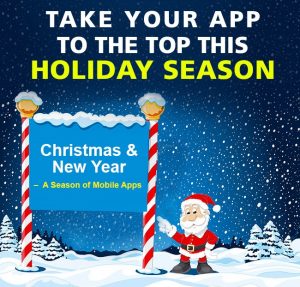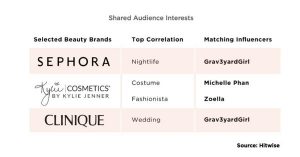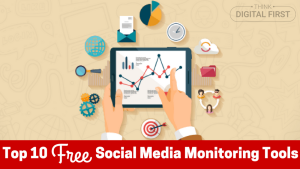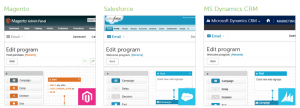— August 21, 2017
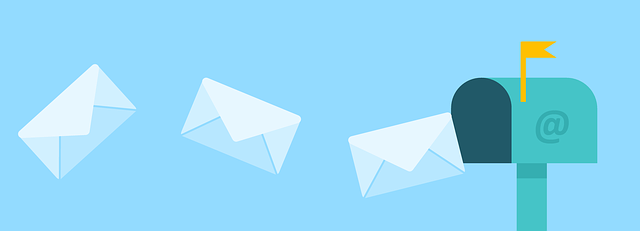
Tumisu / Pixabay
We’ve all been there. Sitting awkwardly at the coffee shop or local bar on a first date and trying to get to know the person. The basic questions start—Where are you from, what college did you go to, what part of the city do you live in? Assuming all goes well, a relationship will start to form and more in-depth questions will start to make their way into conversations over time. It goes without saying that many factors can affect a relationship, but meaningful communication is a key component of a successful one. There needs to be discussions that go beyond the surface and instead get to the root of who you are as a person and show your personality—your likes, dislikes, interests and what drives you.
While the connection may not be obvious, email marketing is similar to dating and is the basis of a relationship between a retailer and its customer. Much like the transition from a first date into a solid relationship, a retailer needs to invest time and learn more about its customer than just their basic demographic information and past purchasing habits. A retailer that takes this approach is basically doing the same thing as taking someone on a first date each time they go out. How can a retailer evolve its relationship with a customer if it keeps asking the same surface-level questions every time it interacts with a shopper? A retailer will learn nothing new and can only offer the same, products or sections of its catalog each time if it simply focuses on those first-date questions.
By being aware of (and avoiding) these three dating faux pas, we can begin to turn those first interactions into meaningful, long-term relationships with your customers.
Being too clingy
We all know the person that texts right after a date…and keeps calling and texting after that. When someone doesn’t get the hint that their approach isn’t working, our typical reaction is to retreat, whether that means going dark, changing your number, or joining the Witness Protection Program. In email marketing, this is akin to landing on the ‘unsubscribe’ list or the dreaded ‘deleted’ folder. To avoid this, you need to establish a cadence that works for your audience. It might take a few test campaigns, but a retailer can determine the best times and frequency to reach its customer base—when they want to be reached.
Judging a book by its cover
With social media and dating app profiles, it’s easy to pick your prospects based solely on looks. The same goes for email marketing. Just because someone fits into a broader demographic – 30-year-old female in a certain region – doesn’t mean retailers should only market to her as such. It’s important to map the journey of each individual customer and tailor products to their specific likes and interests while, in-turn, exposing more of your brand’s product catalog.
Being a serial dater
These are the worst offenders of all. They’re attractive, charming, put together, and just as fast as you’re creating your wedding Pinterest board, they’re searching for their next Tinder date. This is the email marketing equivalent to retailers that put all their efforts in customer acquisition, leaving their (could be) loyal, established customer base in the dust. Retailers need to make sure to nurture relationships with their customers as they grow and evolve their interests, not just looking past them at the new customer coming through the door.
When establishing a relationship, whether in the dating or email marketing world, time needs to be dedicated to strengthening that bond. Just as two people would get to know each other, a retailer needs to understand where each customer is in their own unique journey and make sure that is clear through their email communications. After all—you don’t want to risk your customer swiping left.
Digital & Social Articles on Business 2 Community
(47)
Report Post
